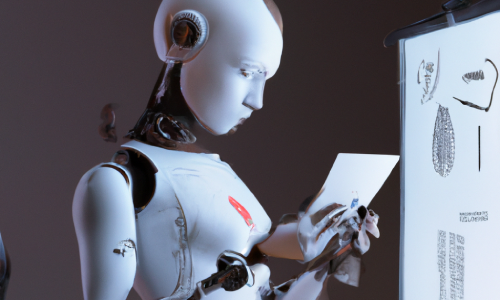Bias
Bias in machine learning refers to the error that is introduced when a model consistently predicts too high or too low. For example, imagine you are trying to predict how much money a person will earn based on their education level. If your model consistently predicts that people with higher levels of education will earn more money, it would have a bias because it is not taking into account other factors that could affect a person’s income, such as their experience or the type of job they have.
In this example, the model might recommend that people with higher levels of education pursue higher paying careers, even if other factors, such as their skills or interests, would make them more suited for a lower paying job. This could cause problems because it might lead people to pursue careers that are not a good fit for them, which could lead to dissatisfaction and underperformance.
To reduce bias in machine learning models, it is important to make sure that the model is taking into account all of the relevant factors that could affect the prediction. This can be done by using a diverse and representative sample of data to train the model, and by carefully selecting and tuning the model’s parameters.
